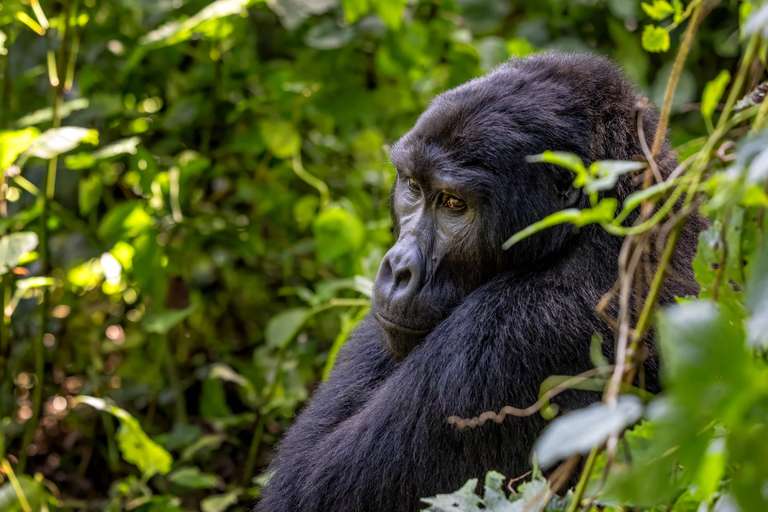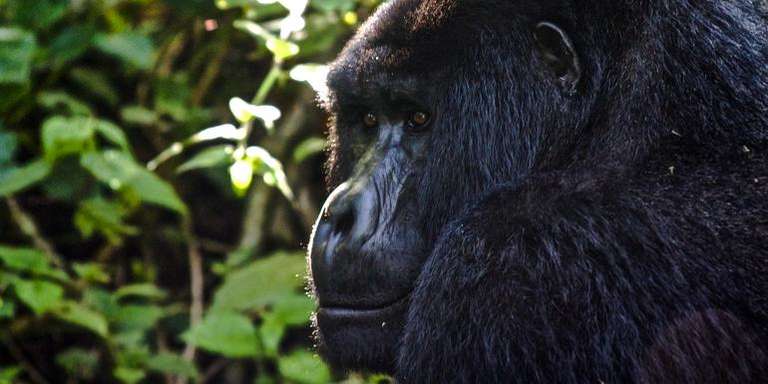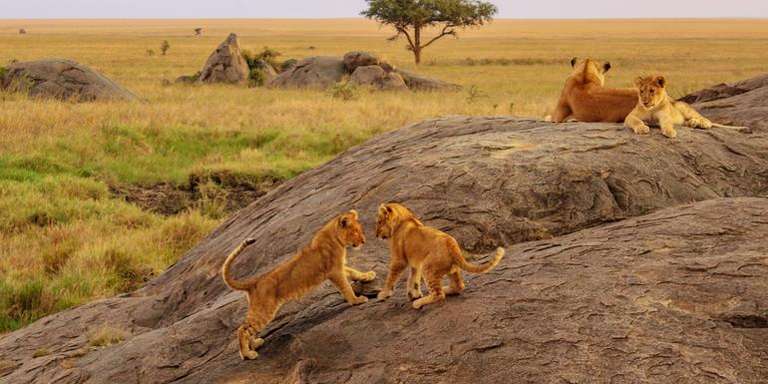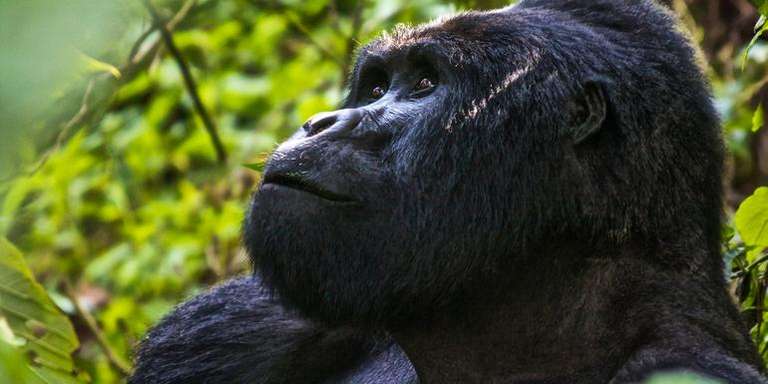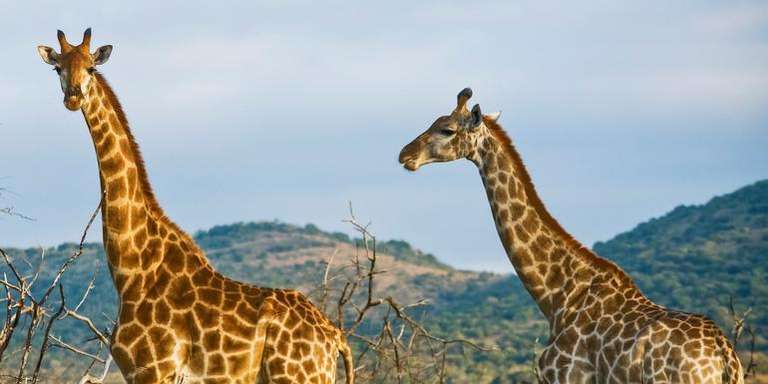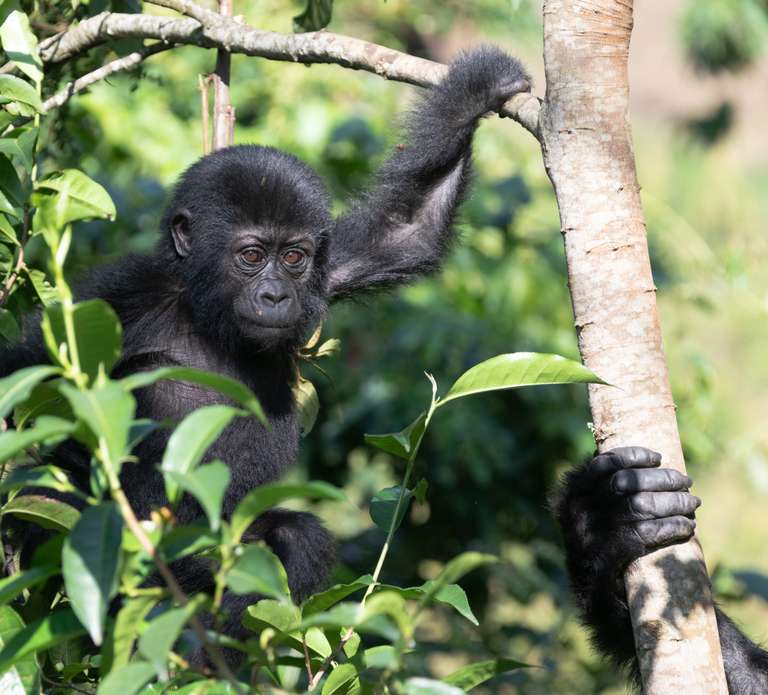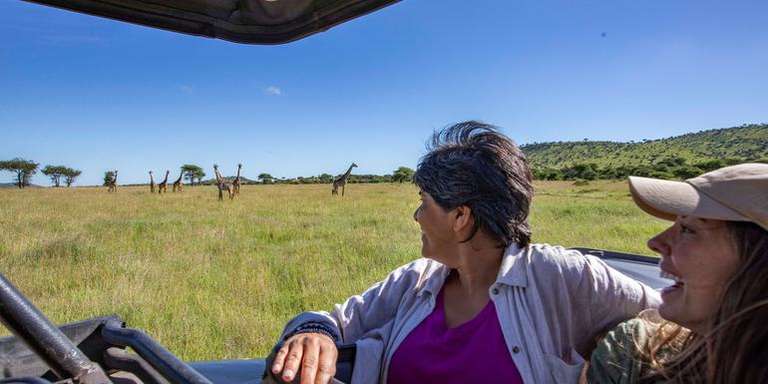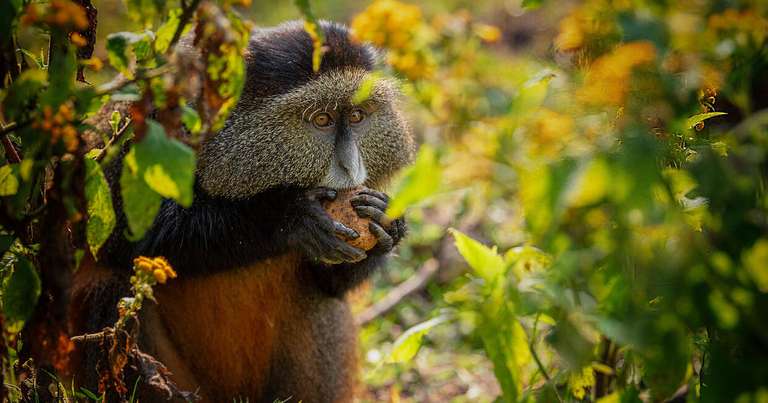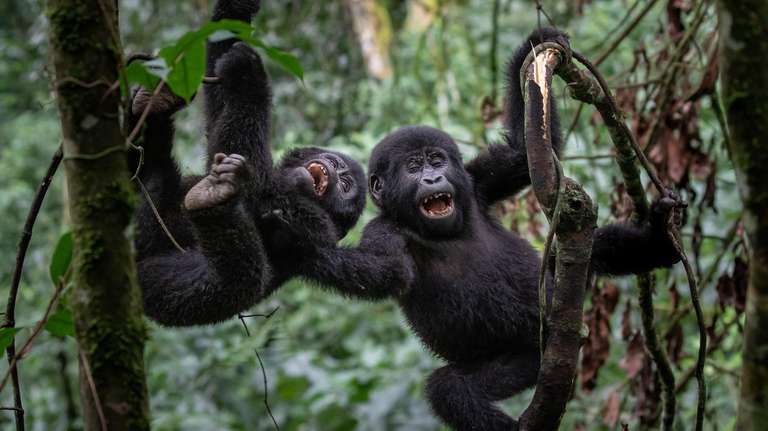Best Time to Visit Uganda
- Excellent
- Good
- Fair
- Poor
- JanAvg Daily: 27 ° CAvg Nightly: 19 ° C
- FebAvg Daily: 27 ° CAvg Nightly: 19 ° C
- MarAvg Daily: 27 ° CAvg Nightly: 19 ° C
- AprAvg Daily: 26 ° CAvg Nightly: 19 ° C
- MayAvg Daily: 26 ° CAvg Nightly: 19 ° C
- JunAvg Daily: 25 ° CAvg Nightly: 19 ° C
- JulAvg Daily: 25 ° CAvg Nightly: 18 ° C
- AugAvg Daily: 25 ° CAvg Nightly: 18 ° C
- SepAvg Daily: 26 ° CAvg Nightly: 18 ° C
- OctAvg Daily: 26 ° CAvg Nightly: 18 ° C
- NovAvg Daily: 26 ° CAvg Nightly: 18 ° C
- DecAvg Daily: 26 ° CAvg Nightly: 18 ° C
- Excellent
- Good
- Fair
- Poor
- Hollie H
- From
- Hollie H
- From
- Luca
- From
- Tori B
- From
When is the best time to visit Uganda: Quick Facts
- High Seasons: December to January and June to September
- Low Season: March to May and October to November
- All Seasons: December to January (high season), February (shoulder season), March to May (low season), June to September (high season), October to November (low season).
Each of the high season is the right time for travelling to Uganda. Rainfall determines the seasons here and it is the lowest in these periods. Uganda receives the highest rainfall from March to May. Forest trails become slippery and roads muddy. The low season in October and November features less rain. During these periods, you can benefit of lower rates. February is a transitional month between dry and wet seasons. Less tourists visit Uganda and lodges aren't fully booked. Besides the high seasons, February is also fine for travelling to the country.
When to visit Uganda: Seasonal Overview
High Season in Uganda — December to January

December may receive a higher amount of rainfall, but this period is still a dry season in Uganda. The skies are clear and wildlife watching in national parks is excellent. Book your lodging and trekking permits well in advance since the authorities issue a limited number of these.
Average temperature: 64°F - 81°F / 18°C - 27°C (for Kampala)
Rainfall: around 150 mm
Season: Dry / Winter
Highlights: This is the second best time to travel to Uganda, since dry season lures animals to waterholes. Vegetation is scarce compared to wet seasons and you will spot wildlife easy in the national parks of Uganda. This period is one of the two best for gorilla tracking in Bwindi National Park.
Shoulder Season in Uganda — February

February is a dry month that sees less tourists. Hence, you will find lodging and get permits easy. February is one of the months that receive the least rainfall and the vegetation is even scarcer. Hence, the animal-watching activities are great.
Average temperature: 66°F - 81°F / 19°C - 27°C (for Kampala)
Rainfall: 61 mm
Season: Dry / Winter
Highlights: In February, you are likely to benefit of favorable rates and available lodgings. If you intend to visit as many national parks as possible, this period is the best time to travel to Uganda. February is the ideal time to visit Bwindi, Queen Elizabeth, Kibale and other parks.
Low Season in Uganda — March to May

The low season receives the highest rainfall in Uganda. Plains become green and you can see newborn wildlife. Rates are lower and the rains are usually short. So, you will have plenty of time to enjoy safaris and forest tours. All you have to do is to prepare for intense rains.
Average temperature: 66°F - 81°F / 19°C - 27°C (for Kampala)
Rainfall: around 430 mm
Season: Wet / Spring
Highlights: Visiting Murchison Falls would be ideal during this season. Unlike in other parks, the rainfall here won't affect your activities in most cases. Throughout Uganda, tourist rates are lower and bird watching activities (Lake Victoria) are excellent.
High Season in Uganda — June to September

This high season is the best time to visit Uganda. Weather is nice and animal watching is the best in all national parks. Book the lodging and apply for permits very far in advance. Except in September, the rainfall is low.
Average temperature: 64°F - 79°F / 18°C - 26°C (for Kampala)
Rainfall: around 310 mm
Season: Dry / Summer
Highlights: Wildlife gathers around the waterholes, vegetation is less and you can spot animals easy. Besides to Bwindi, go to Mgahinga Park for gorilla tracking. See chimpanzees in Kibale and big wildlife in Queen Elizabeth National Park.
Low Season in Uganda — October to November

The low season brings lower prices and green nature. The rainfall is less than in the spring, but the weather is still variable.
Average temperature: 64°F - 79°F / 18°C - 26°C (for Kampala)
Rainfall: around 260 mm
Season: Wet / Fall
Highlights: While rains in other parks may get in your way, safaris in Murchison Falls are the safe bet. There, you can visit the Nile and impressive falls. Also, you can see rich wildlife and migratory birds.
Any of the dry seasons fall among the best months to visit Uganda to see animals in national parks. Wet seasons are ideal for enjoying lush nature and wildlife if you don't mind rain. Plan a visit to Uganda during the shoulder seasons if you want to have the combined benefits of both high and low seasons.
Weather in Uganda: Rainfall and Temperatures
| Month | JAN | FEB | MAR | APR | MAY | JUN | JUL | AUG | SEP | OCT | NOV | DEC |
| Avg Daily (°C) | 27 | 27 | 27 | 26 | 26 | 25 | 25 | 25 | 26 | 26 | 26 | 26 |
| Avg Nightly (°C) | 19 | 19 | 19 | 19 | 19 | 19 | 18 | 18 | 18 | 18 | 18 | 18 |
| Avg Daily (°F) | 81 | 81 | 81 | 79 | 79 | 77 | 77 | 77 | 79 | 79 | 79 | 79 |
| Avg Nightly (°F) | 67 | 67 | 67 | 67 | 67 | 67 | 65 | 65 | 65 | 65 | 65 | 65 |
| Avg Rainfall (mm) | 58 | 61 | 122 | 179 | 132 | 66 | 53 | 88 | 101 | 118 | 139 | 94 |


